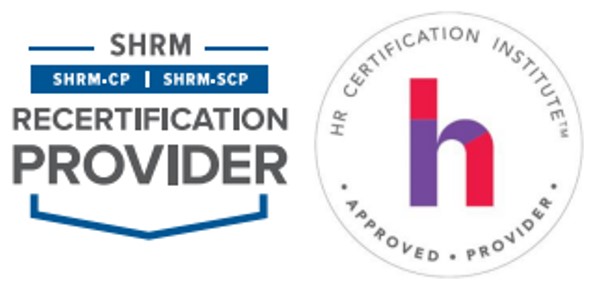E-3 Information for Australian Nationals
The United States Congress has created a new visa, the E-3 treaty professional visa for Australian nationals who enter the United States temporarily to work in a specialty occupation.
Who Qualifies for the E-3 Visa?
The new E-3 visa classification currently applies only to nationals of Australia as well as their spouses and children. E-3 principal nonimmigrant aliens must be coming to the United States solely to perform services in a “specialty occupation”.
Are There Other Requirements for Qualifying for an E-3 Visa?
The E-3 visa classification is numerically limited, with a maximum of 10,500 visas available annually. Spouses and children do not count against the numerical limitation nor are they required to possess the nationality of the principal. A Labor Condition Application (LCA), containing attestations by the sponsoring employer related to wages and working conditions, must be filed with and approved by the Department of Labor (DOL). At the time of visa application, the visa applicant must present the consular officer with the original or copy of the approved LCA. However, if the applicant cannot provide the original, the consular officer, at his/her discretion, may accept a certified copy of the approval. The approved LCA represents DOL’s certification that the employer has met the attestation requirements of the E-3 statute.
What Is a Specialty Occupation?
In general, a specialty occupation is one that requires theoretical and practical application of a body of knowledge in professional fields and at least the attainment of a bachelor’s degree, or its equivalent, as a minimum for entry into the occupation in the United States. The Department’s regulations governing E-3 visas incorporate the definitions contained in section 214(i)(1) of the Immigration and Nationality Act (INA). In order to determine what constitutes a “specialty occupation,” consular officers abroad will be guided by, and will apply, regulatory criteria already developed by the Department of Homeland Security for the H-1B classification.
Is It Necessary To File a Petition With the Department of Homeland Security’s Citizenship and Immigration Services as a Prerequisite to Visa Issuance?
No petition to the USCIS is necessary. Instead, in the case of an employee seeking a visa, the employee will present the necessary evidence for classification directly to the consular officer at the time of visa application. Such evidence will include the original or copy of the Labor Condition Application signed by the prospective employer and approved by the Department of Labor. Procedures for the E-3 visa are similar to those established for obtaining H-1B1 classification under the U.S.-Chile and U.S.-Singapore Free Trade Agreements.
May Spouses Work?
Yes. INA 214(e)(6) permits the spouse of a principal E nonimmigrant to engage in employment in the United States. As is the case for the spouse of a principal E-1 and E-2 nonimmigrant, the spouse of a qualified E-3 nonimmigrant may, upon admission to the United States, apply for an employment authorization document, which an employer could use to verify the spouse’s employment eligibility. Such spousal employment may be in a position other than a specialty occupation.
Term
E-3 Australian nationals and their dependents entering the United States will be admitted for a term of no more than twenty-four months. The E-3 visa may be renewed in two year increments, indefinitely. In addition, current H-1B and E visa holders may apply for an E-3 visa, an E-3 visa holders remain eligible to apply for any other non-immigrant visa.
The E-3 visa does not have “dual intent” like the H-1B visa. Dual intent enables the visa holder to apply for Permanent Residency (a Green Card) while maintaining nonimmigrant status.
